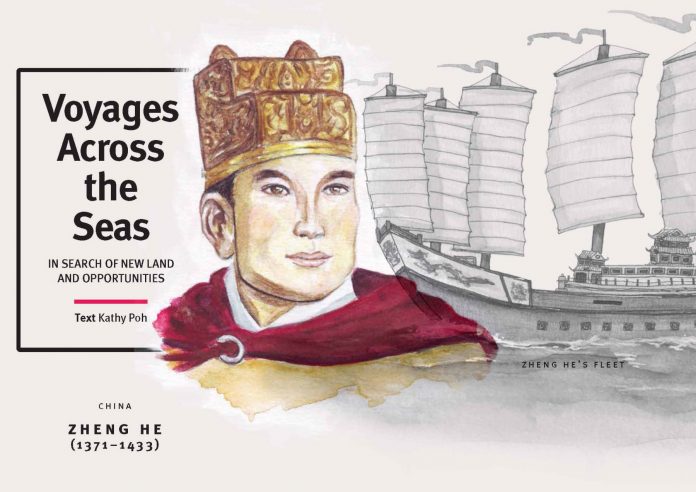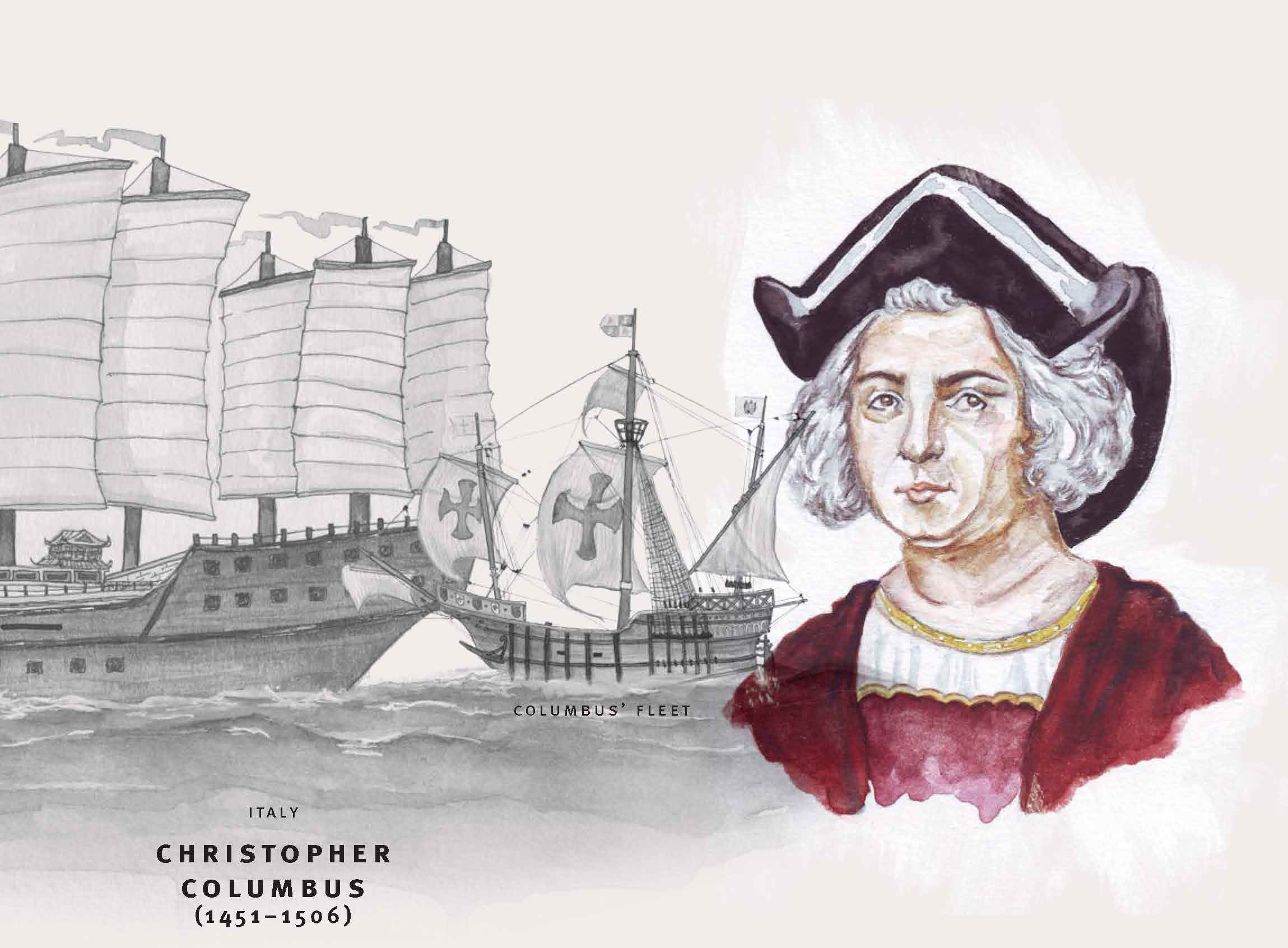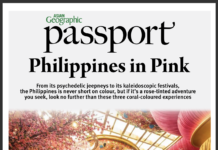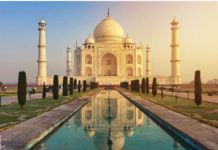When we speak of world explorers, icons like Vasco da Gama and Ferdinand Magellan come easily to mind, leaving Zheng He a mere afterthought. Despite that, the voyages of this Chinese admiral are no less remarkable than his western counterparts’.
Born Ma He in Yunnan, China, he was captured by a Ming Dynasty army in 1381 and brought to serve the Yongle Emperor. With talent and intelligence, Ma He quickly grew to become the emperor’s favourite. He was bestowed the surname “Zheng” and eventually chosen to lead seven treasure voyages across the South China Sea, Indian Ocean and beyond.
The aim of these journeys was to establish a stronger Chinese presence in the region and while his sailing routes traced medieval travels of the Moroccan scholar Ibn Battuta, the size of his fleets were unprecedented. A typical voyage consisted of 60 treasure ships flanked by 190 smaller ships, carrying almost 30,000 men. If Chinese records hold true, the biggest treasure ships were nine-masted, 126 metres long and 52 metres wide – at least twice the size of European ships in that era.
In total, Zheng He travelled almost 300,000 kilometres, visiting ports of Qui Nhon (Vietnam), Palembang (Indonesia), Malacca (Malaysia), Galle (Sri Lanka), Kozhikode (India), Aden (Yemen) and Mecca (Saudi Arabia) among others. Zheng He presented gifts like porcelain, silk and gold, and in return received curious artefacts like giraffes which he brought back to China.
Born in the Italian port city of Genoa, Christopher Columbus always had a close affinity with seafaring – as a teenager, he participated in trading voyages over the Mediterranean and Aegean seas. Further journeys to Africa between 1482 and 1485 gave him greater insight to oceanic currents and trade routes, and it was in the midst of this that Columbus proposed sailing across the Atlantic Ocean to reach Asia – an ambition that set in motion European colonisation of the Americas.
With an understanding that the Earth is spherical and the widely-held assumption that no lands lay between Europe and Asia, Columbus believed that sailing westwards would be a more efficient method to reach China and the East Indies.
His four voyages were made possible with a sponsorship from the Crown of Castile and his fleets of a fairly modest size; the Santa Maria was over twice the size of a Titanic lifeboat. An in-depth understanding of trade winds contributed towards much of Columbus’ success, allowing him to explore the Caribbean Islands and Central American coast.
But despite repeated travels to the region, Columbus did not acknowledge that he had not found Asia, but instead stumbled upon a previously little-known-about continent. He believed that Cuba was Japan, and called the native people of the Antilles in the Caribbean Sea “Indians”. In the latter case, the name stuck on for centuries and remains in reference even today.
Check out the rest of this article in Asian Geographic No.119 Issue 4/2016 here or download a digital copy here












